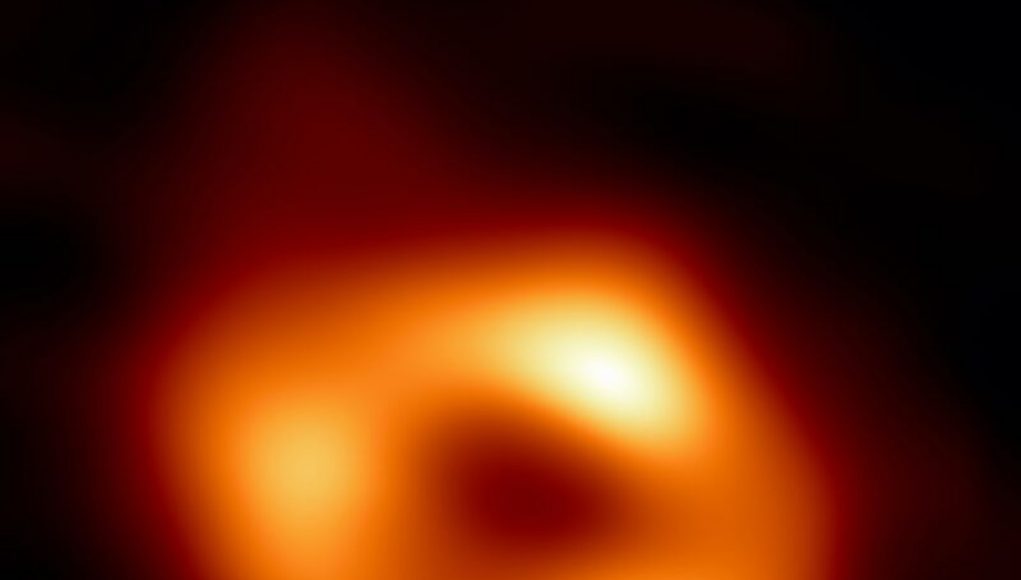The supermassive black hole at the center of our galaxy may not be the most active, but it’s still a fascinating subject of study. Scientists have been keeping a close eye on Sgr A*, hoping to catch a glimpse of any activity that might indicate it’s waking up from its slumber. And now, they may have found just that.
Using a combination of X-ray imaging and polarization data, researchers have detected what they believe to be echoes of light from an outburst that occurred around 200 years ago. It’s a remarkable discovery that sheds new light on the behavior of black holes and the way they interact with their surroundings.
The idea of light echoes may seem strange, but it’s actually a simple concept. Just as sound waves can bounce off surfaces and create echoes, so too can light waves reflect off objects and produce echoes of their own. The challenge is distinguishing these echoes from other sources of light, such as the clouds of material that surround Sgr A*.
Fortunately, scientists have a powerful tool at their disposal: the Imaging X-ray Polarimetry Explorer. This instrument is capable of measuring the polarization of X-ray photons, which can help distinguish between different sources of light. By combining this data with high-resolution images from the Chandra X-ray Observatory, researchers were able to build a model that accounted for all the different sources of light in the vicinity of Sgr A*.
The result was a polarization angle that suggested one of the sources of X-rays was being reflected from Sgr A*. The timing of the flare was consistent with an event that occurred around 200 years ago, and the researchers believe it was likely a short-lived event caused by material flowing into the black hole.
It’s a fascinating discovery that adds to our understanding of black holes and the way they behave. And who knows? It may be just the beginning of a whole new era of discovery and exploration.
Astronomers have recently reported that a bright burst of X-ray light from the center of our Milky Way may represent an energetic outburst from its supermassive black hole, Sagittarius A*.
The light echoes detected provided further evidence that the central black hole, now dormant, experienced an outburst millions of years ago. Led by researchers from the French National Center for Scientific Research (CNRS), the team located the light echoes by combining the data of the INTErnational Gamma-Ray Astrophysics Laboratory (INTEGRAL) satellite and ESA’s XMM-Newton.
The results, presented in the Astrophysical Journal, indicates that when the black hole was in a more active state, it released an impressive amount of energy and illuminated an area of gas located many light-years away from the central black hole itself. The outburst was estimated to have occurred about 5570 years ago when the light arrived at Earth in 2019.
The resulting X-ray light echoes allowed the researchers to reconstruct details about the history of the black hole and the structure of the distant gas. Furthermore, the exact location of the outburst within the Milky Way could be determined, suggesting a probable trajectory for the burst from the central black hole.
These findings indicate that the Milky Way’s dormant supermassive black hole has not always been quiet. By studying the X-ray light echoes, researchers are gaining a better understanding of the processes occurring in the heart of our galaxy.




















